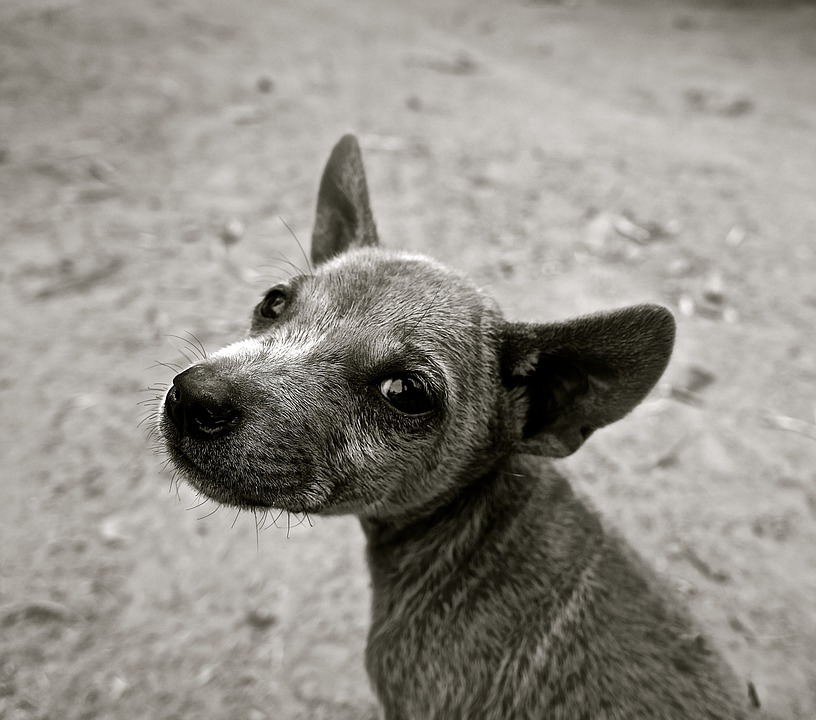Luring is a powerful technique used in dog training to guide and shape a dog’s behavior by using a treat or a target as a means of motivation. It allows trainers to teach dogs intricate movements and behaviors, providing a foundation for advanced training. In this article, we will explore the ins and outs of luring and how to effectively use it to bring out the best in your furry friend.
Understanding the Basics of Luring
Luring involves using a treat or a target to attract and guide your dog into performing desired actions. It taps into their natural instinct to follow their nose or focus on a specific object. By using luring techniques, you can communicate with your dog in a language they understand, making training more effective and enjoyable for both of you.
Step-by-Step Guide to Luring for Intricate Movements
1. Choose a High-Value Reward: Start by selecting a treat that your dog finds particularly enticing. High-value rewards like small pieces of chicken or cheese work wonders for maintaining your dog’s focus and motivation during training sessions.
2. Introduce the Lure: Hold the treat or target in your hand, making sure it is visible to your dog. Begin by luring them into a simple behavior they already know, such as sitting or lying down.
3. Shape the Behavior: Gradually introduce new, more intricate movements or behaviors by slowly moving the treat or target in the desired direction. For example, if you want your dog to spin in a circle, move the treat in a circular motion, guiding them to follow it with their nose.
4. Reinforce and Reward: As your dog starts to perform the desired behavior, give them verbal praise and immediately reward them with the treat. Make sure to deliver the reward in a timely manner, reinforcing the connection between the behavior and the reward.
5. Fade the Lure: Once your dog understands the desired behavior, start reducing the reliance on the treat or target. Gradually decrease the movement of the lure until it becomes a mere hand signal, eventually phasing it out completely. This allows your dog to perform the behavior based on command rather than the presence of a reward.
FAQs about Luring in Dog Training
Q: Can luring be used for any dog, regardless of age or breed?
A: Yes, luring can be used with dogs of all ages and breeds. However, it is important to adapt your training techniques to suit your dog’s temperament, learning style, and physical abilities.
Q: How long does it take for a dog to learn complex behaviors through luring?
A: The time it takes for a dog to learn complex behaviors through luring can vary depending on the individual dog and the consistency of training. It is essential to be patient, consistent, and break down the behavior into small achievable steps to ensure success.
Q: Are there any risks associated with luring?
A: When used correctly, luring is a safe and effective training technique. However, it is important to avoid over-reliance on luring and ensure that your dog understands the desired behavior without the presence of a lure. This helps prevent dependency on treats or targets in the long run.
Q: Can luring be used for obedience training as well?
A: Absolutely! Luring is a versatile technique that can be used for basic obedience training, as well as more complex behaviors. It is an excellent tool for teaching dogs to sit, stay, come when called, and much more.
By understanding the basics of luring and following the step-by-step guide provided, you can unlock your dog’s potential and teach them intricate movements and behaviors. Remember to be patient, consistent, and always reward your furry friend for their efforts. Happy training!









